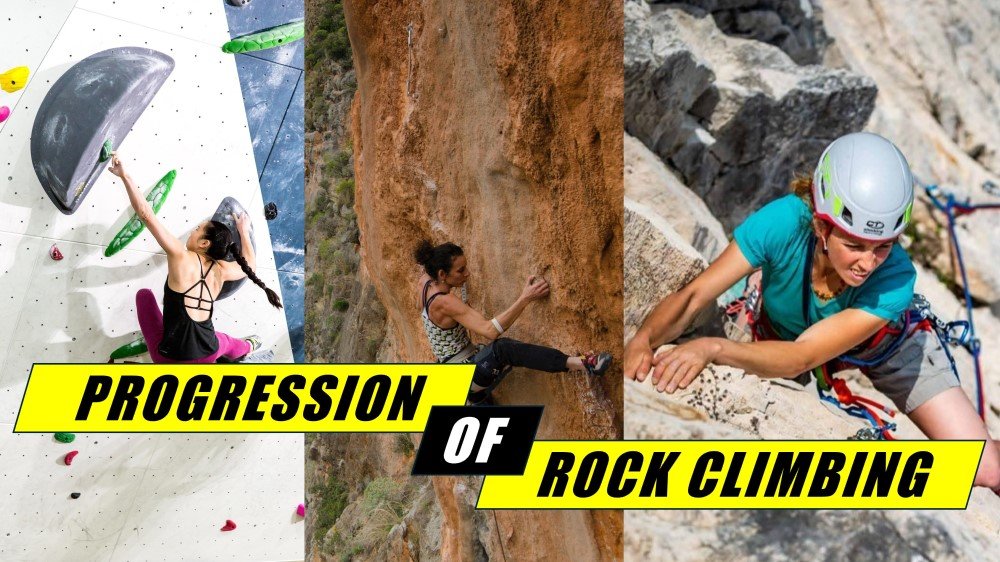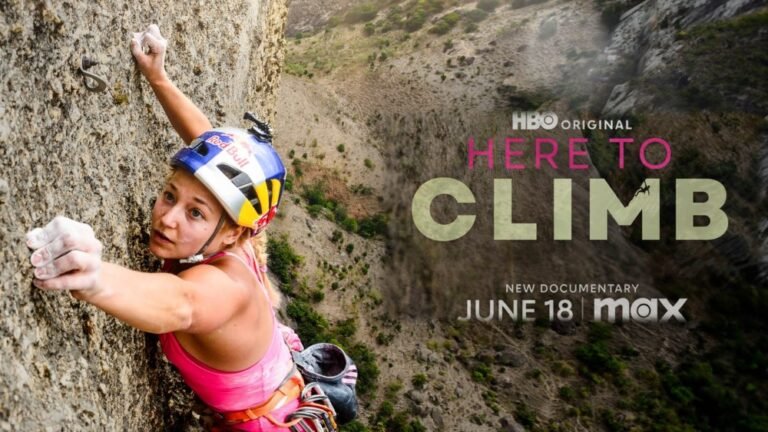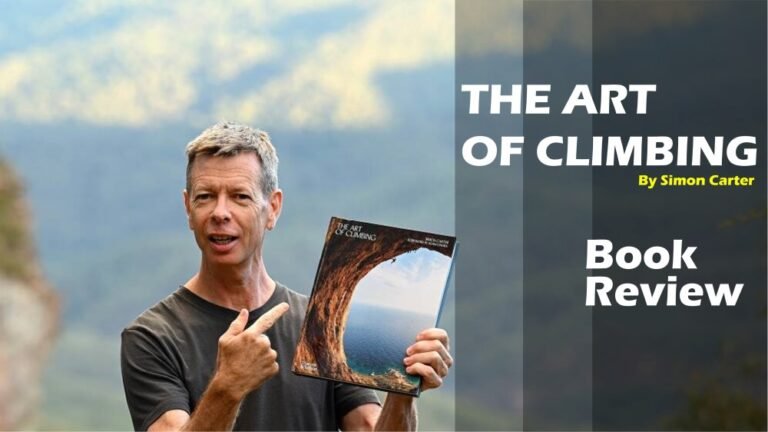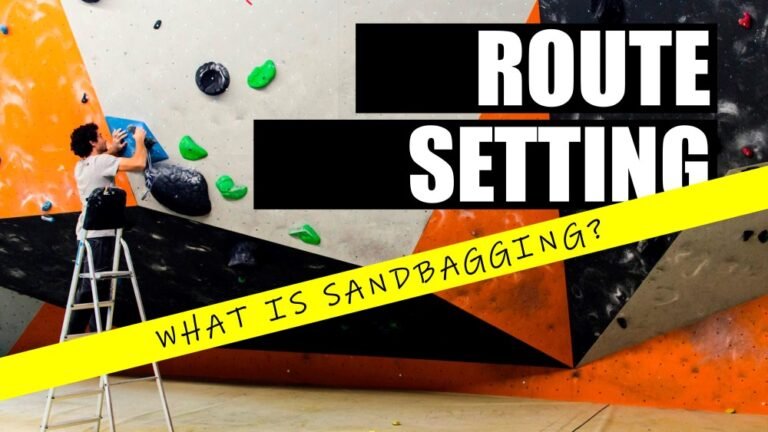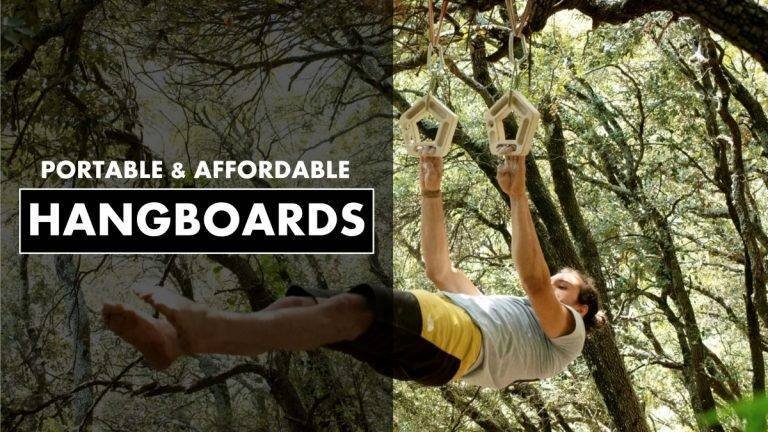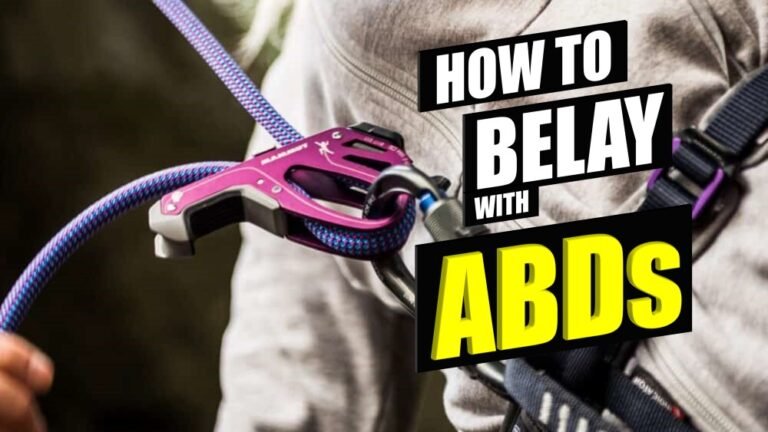The natural progression of rock climbing
The natural progression of rock climbing. What is that? Instant gratification has become a label associated with Millennials. The need to get validated and instant satisfaction has made climbing into nothing more than just a gym workout. Climbers train hard in climbing gyms for one sole purpose. To tick the box on the next harder grade.
Climbing gyms are a great place to have fun and train. Boulder gyms in particular have sprung up to cater to the demand of new climbers. The emphasis on climbing harder grades had created a generation of climbers looking to climb their hardest grades and sharing it on social media.
However, there is more to climbing than just sending hard routes. A good rock climber is not only based on his or her ability to pull on tiny holds, do big moves, or 1 arm pull-ups. A good rock climber needs to know about climbing equipment, ropework, route reading, and most importantly assessing risk. Because to be a good climber first and foremost, you have to be alive 😂.
The Different Styles of Climbing
Bouldering


Photo credit: wildbounds.com
Many climbers these days started their journey into climbing through bouldering. It is the most convenient way to start. No prior climbing knowledge, skills, or experience is required. All you need to learn is how to fall properly. Bouldering is fun. Boulder routes normally consist of 5 to 10 moves 3 to 4 meters high. Bouldering is a great activity for hanging out with friends and solving tricky boulder problems.
The main objective of bouldering is to get to the top. You don’t need to worry about equipment or how to get down. Your only focus is to execute the climbing moves but ensure you have a couple of crash mats and reliable spotters. Bouldering is fun and you can get strong simply by bouldering. But you have only scratched the surface of climbing.
Bouldering Gear


When it comes to bouldering the last thing you need to worry about is investment in gear. The only gear you’ll ever need to own for bouldering in a gym is a pair of climbing shoes and maybe a chalk bag. Depending on the type of climbing shoes you buy the amount you’ll need to spend on climbing shoes and a chalk bag will not be more than $200.
Sport climbing
Sport climbing has more complexity and requires knowledge about ropework and equipment. Hence, sport climbing can be categorized into top rope and lead climbing.
The height of a climbing gym sport route can range from 8 meters to 20 meters. Because of the height involved sport climbing will require you to have a partner, one climbing and the other belaying. The belayer’s job is to catch the climber’s fall and to safely lower the climber back to the ground.
Top rope climbing
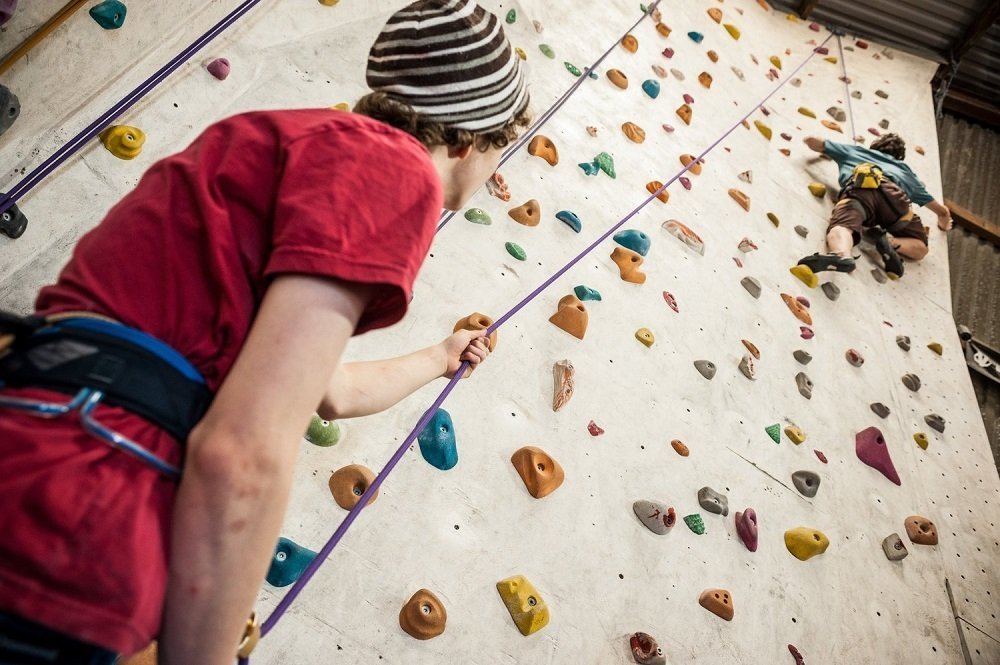

Climbing on top rope is mainly for beginners just getting into sport climbing. The climbing rope is passed through an anchor system at the top of the route and down to a belayer. Because the rope is passed through the anchor at the top of the wall, thus if the climber falls the distance of the fall will be minimum.
Lead climbing
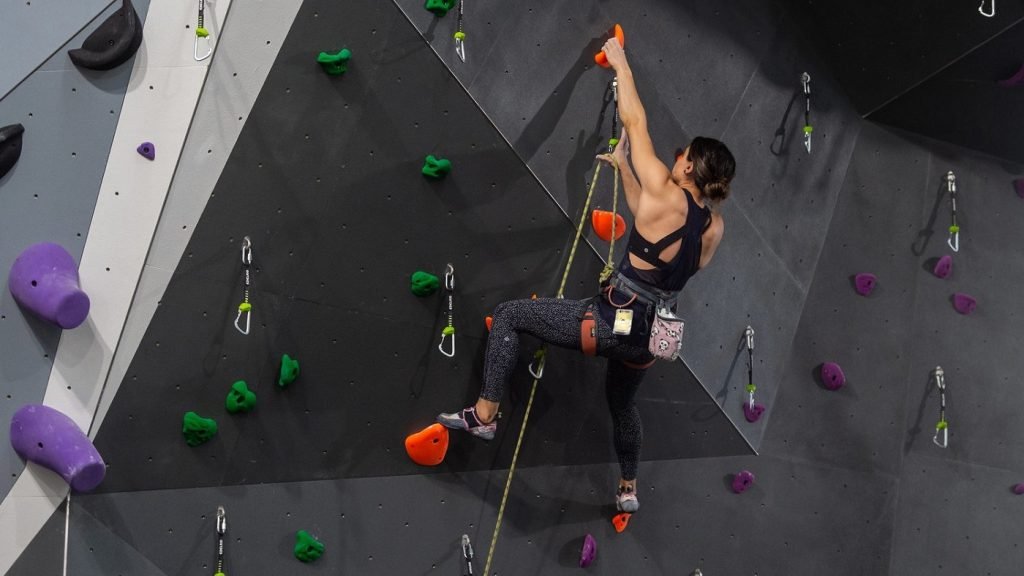

Lead climbing
Lead climbing is a significant step up in the progression of rock climbing. Lead climbers need knowledge of rope work, climbing gear, route reading, and risk assessment. Apart from having decent climbing skills, lead belaying is another critical skill. If you fall on lead you can hurt yourself badly if your belayer is subpar.
You don’t want to be one of those climbers who are good at climbing but horrible at belaying, because you’ll run out of climbing partners soon.
The danger of lead climbing is significantly higher than top-roping, but what can I say… It is way more fun.
Sport multipitch climbing
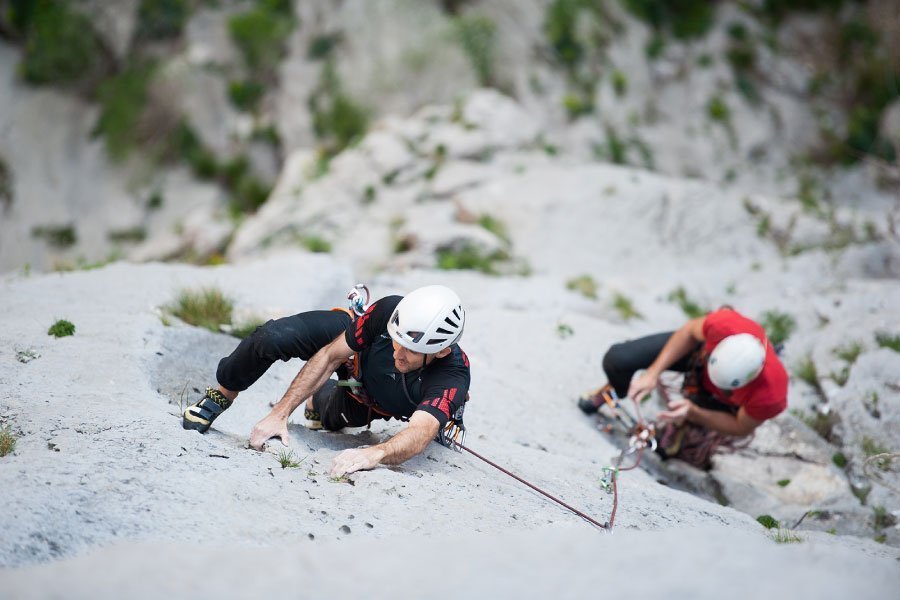

For those new to rock climbing might wonder how climbers climb walls that are hundreds of meters. And how do they get back down to the ground? That must be some long rope they are using… no that’s not it. An easy way to explain multipitch climbing is, that climbers will climb a big wall by breaking down the entire climb into multiple pitches. Climbing up to the top of the wall one pitch at a time, thus the name multipitch climbing.
To attempt a multipitch climb you’ll need planning as there is quite a bit of logistics involved. If the climb requires many hours, you must bring all the equipment, food, and water up the wall. Mistakes made on a multi-pitch climb can be amplified especially if you are a few pitches from the ground and descending can take a while.
Sport climbing gear


You’ll need to invest much more in gear for sport climbing than bouldering. You’ll need a 60 to 70-meter dynamic rope, harness, climbing shoes, chalk bag, 12 to 20 quickdraws, belay devices, safety slings, and carabiners. This will easily set you back around $800.
Traditional climbing
The ultimate progression in rock climbing is the old-school form of climbing. Traditional climbing or trad climbing is not something that most fair-weather climbers will appreciate. Trad climbing is done on rock faces without any fixed protection. The route has no bolted hangers hence lead climbers need to carry and place protection devices such as cams or nuts as they progress up the wall.
The protections are placed into the natural cracks and crevices in the wall. This protection will arrest the fall of the lead climber preventing him or her from hitting the ground. Because the route is not bolted it is harder to know where to go hence lead climbers need to route find as they climb.
Getting lost on a traditional climb can be dangerous. Trad climbers need to be experienced at route finding, ropework, placing protection, and setting up anchors. Time spent on trad climbing will be significantly longer than on a sport route because you’ll need to find suitable features on the wall to place protection. A poorly placed protection can pop out if you fall and more importantly, having bad gear placement can fuck with your mind. Because you will constantly be thinking if the protection will catch you if you fall.
Traditional multipitch climbing


Trad multipitch climbing requires the lead climber to set up an anchor at a suitable location on the route and belay the second climber up. The second climber will need to retrieve all the protections placed by the lead climber back to use on the next pitch. Trad multi-pitch is an adventure of exploration which will test your climbing skill, mountaineering knowledge, and judgment.
Traditional climbing gear


Gear used for trad climbing is expensive. Very expensive. You’ll need protection devices such as cams and nuts which are the bulk of the cost. A single cam can cost between $70 to $150 depending on the size and design, nuts come in sets with different quantities and size variations. A set of nuts can cost between $50 to $200. How many to get will depend on where and what you are climbing. At a minimum, you should set aside around $1000 on trad gear.
Experience different styles of climbing
It doesn’t matter what type of climbing you do as long as it’s fun. Yes, the climbing gym is a great place to work out and have fun but that is just the tip of the iceberg. To progress in rock climbing, you need to go climbing outdoors and start experimenting with a different style of climbing. This will give you a better insight into what climbing is all about.

